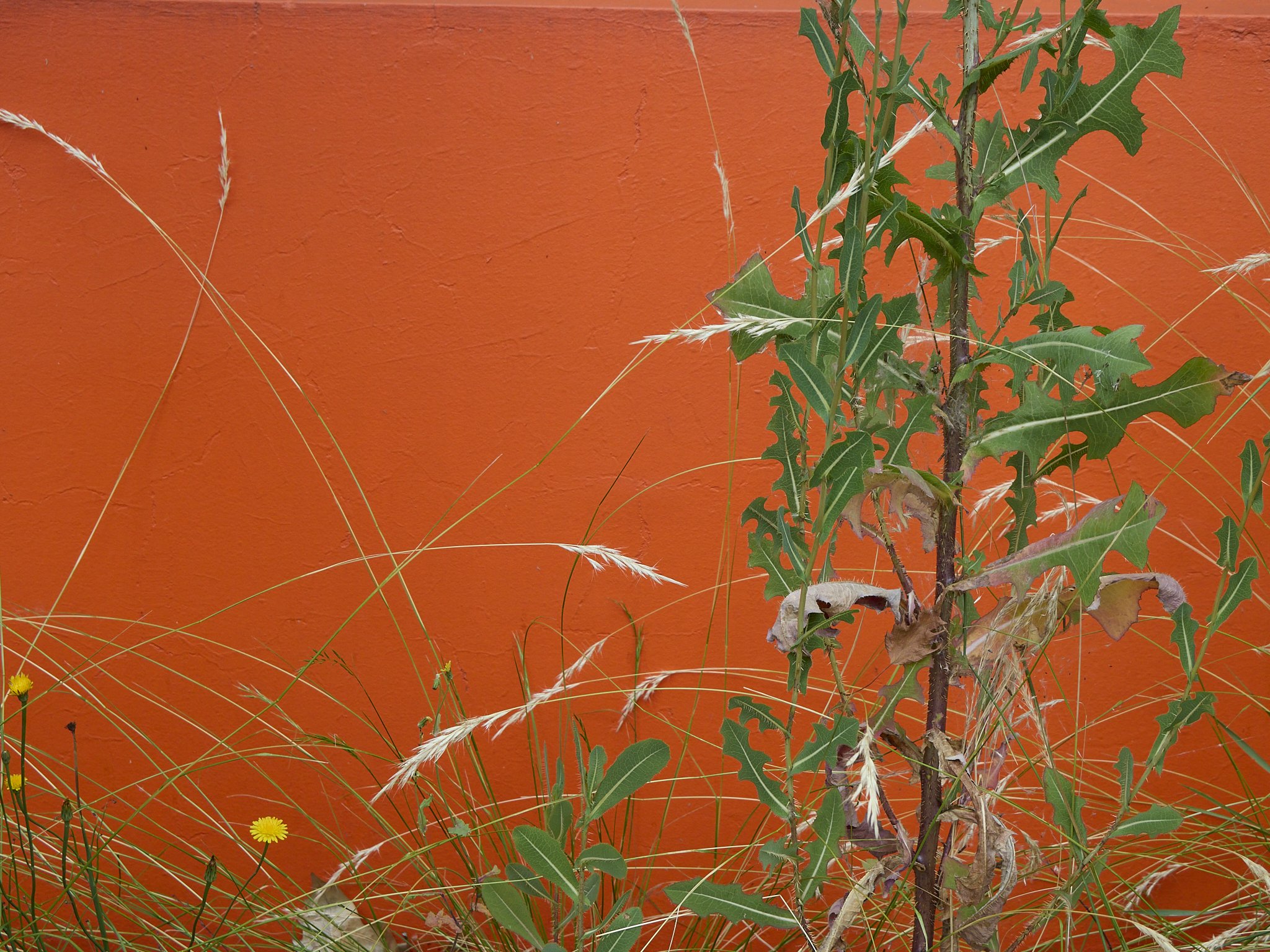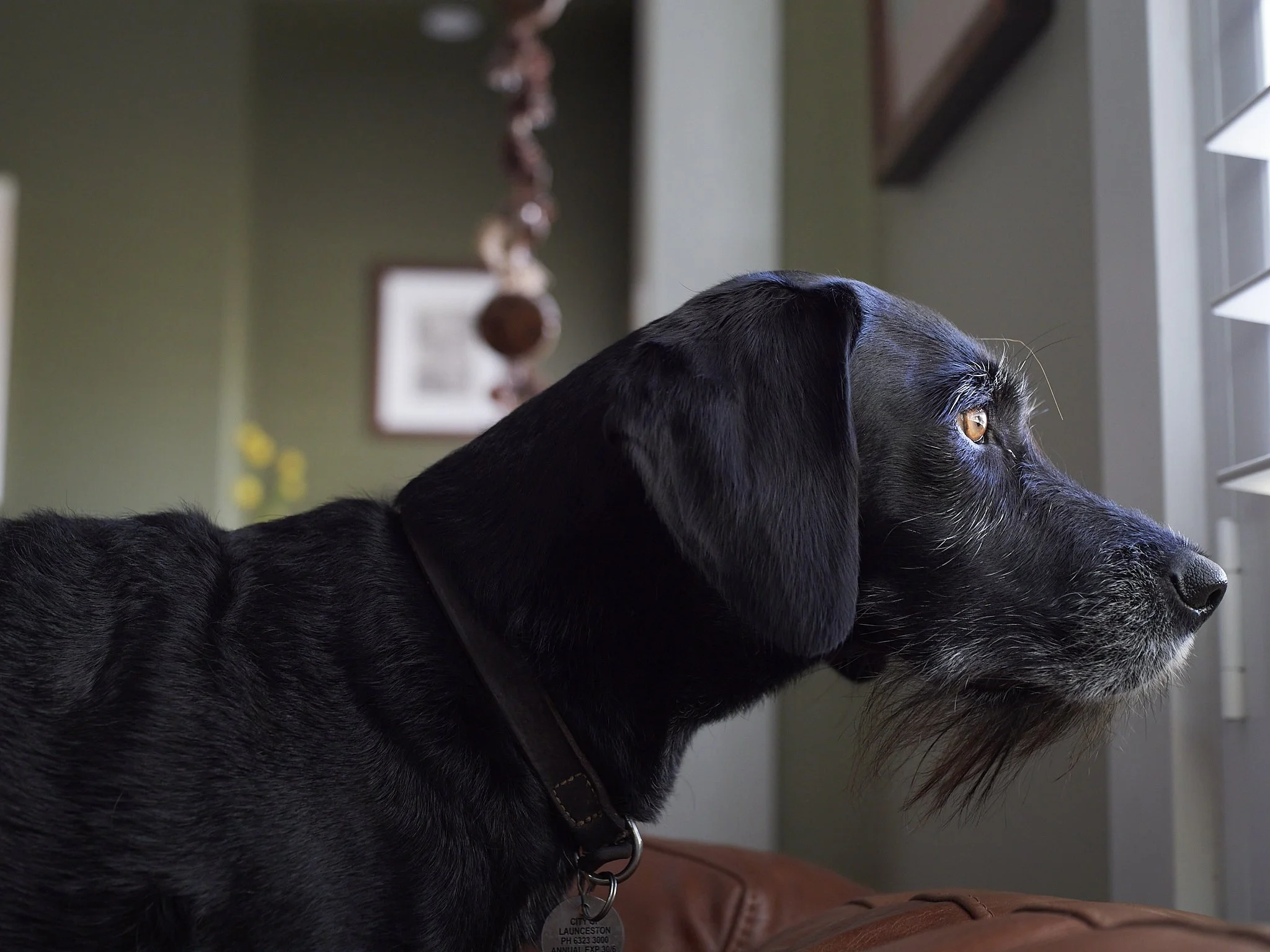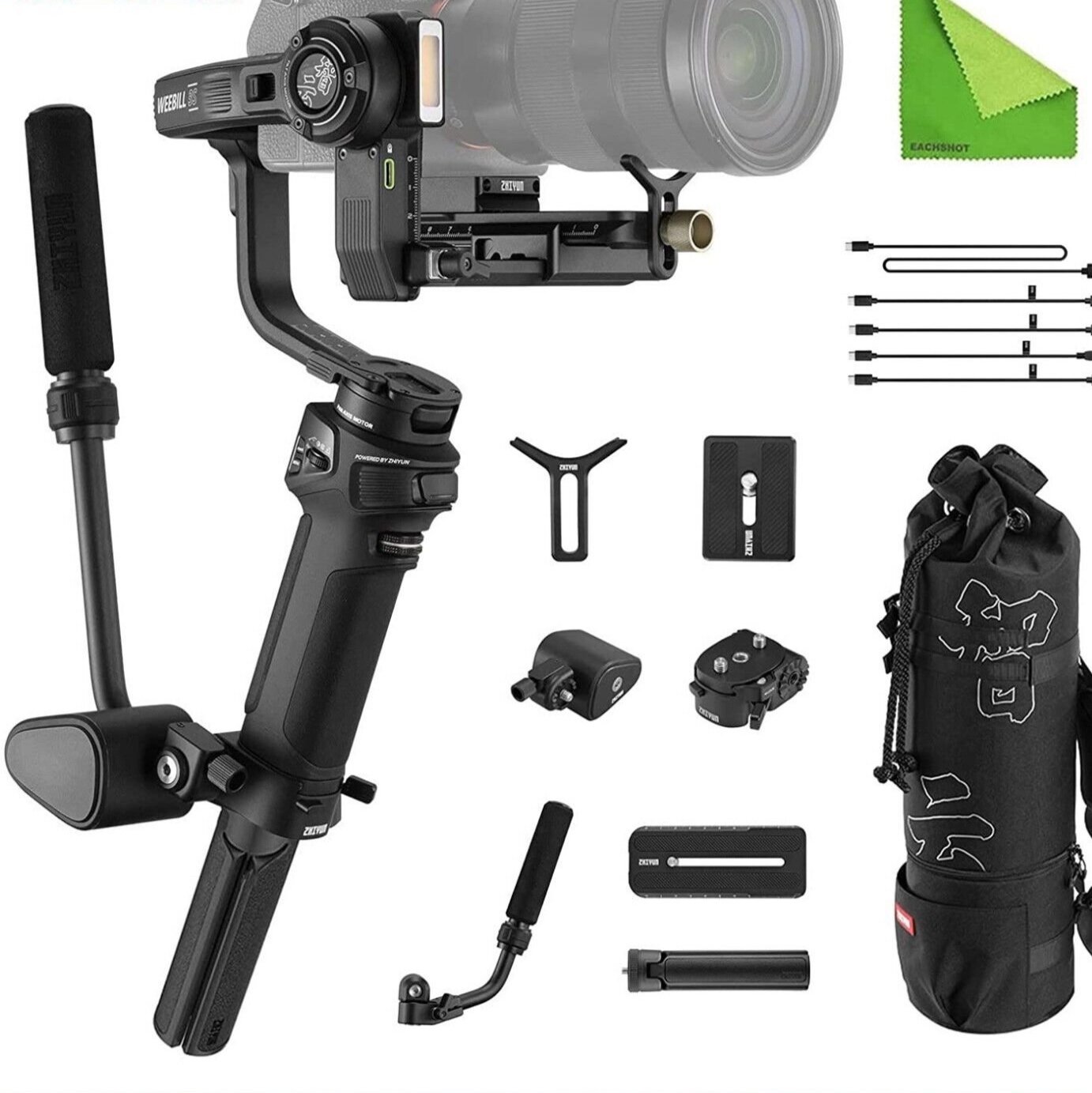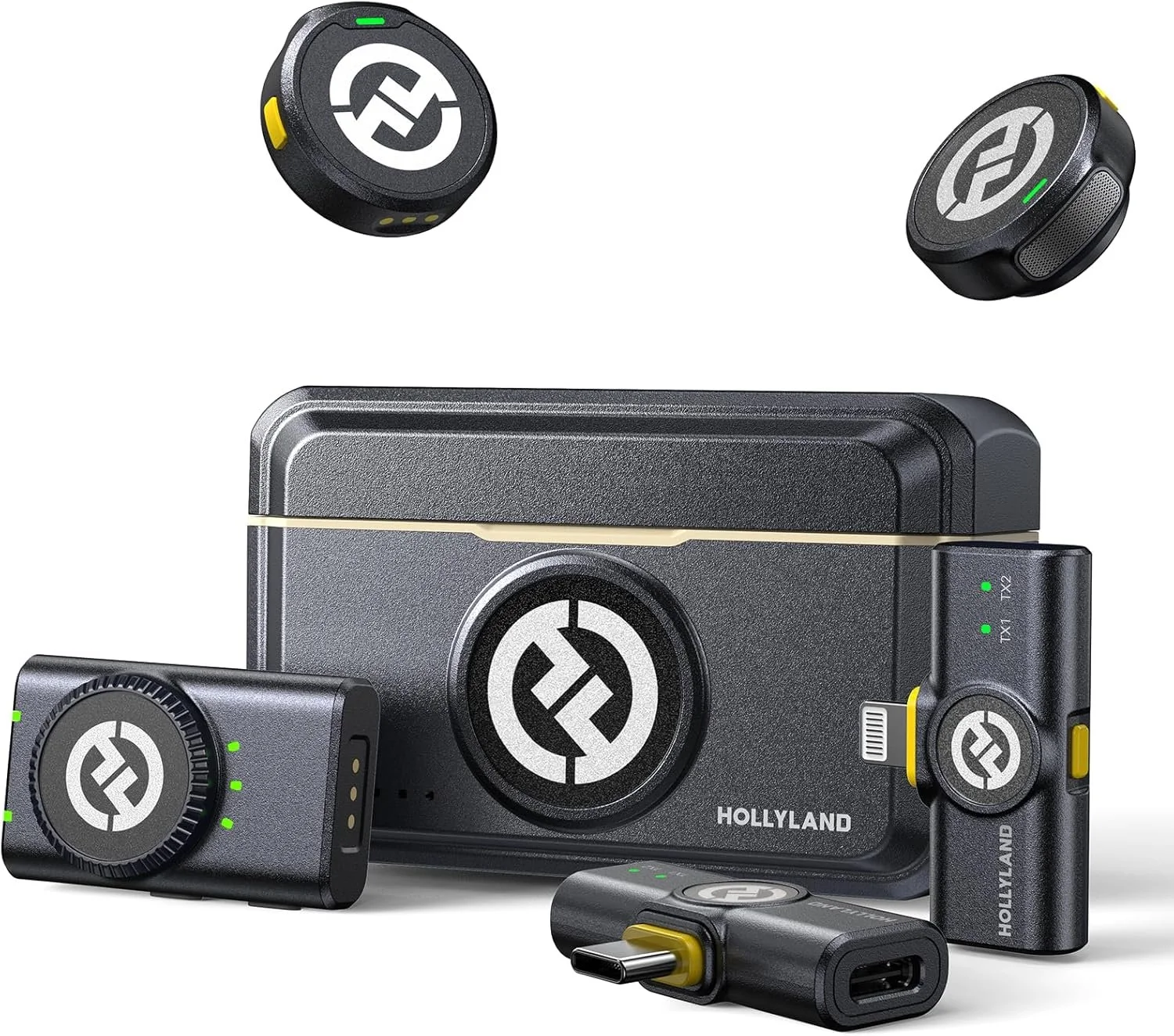Ok, a bit of a ramble and a can of worms to open, worms with sharp teeth maybe, but here goes.
How do you make an image look cinematic?
Do you even need to, and if you feel you do, what is the benefit?
I can 100% guarantee you cannot buy what’s needed in just a lens and camera package. That will only get you some of the way there. You have to bring the rest and with it a lot of experience, means of control and effort.
Huge crews and massive budgets empower us, but they alone do not make it happen either, which leaves a little room for us to find our own way.
Start by creating separation, layers and depth, or in a nutshell, make an interesting, majestic and enthralling still image and then make it move.
How?
Use light, focal depth, colour, contrast, framing and sound.
Big budget movies spend a lot of their budget on not just cameras and walk away, they use their large crew and their experience on control of light and colour, sound and scene.
Light.
Light and contrast.
Contrast with control..
Lots of light is needed to look like not much light, but not much light when controlled gives us contrast and contrast is cinematic.
Very few movies rely on ambient light, even outdoors on a sunny day there is help for the sun, something to control shadows or control of the light overall. It looks realistic, but it is often not real. Natural light is rarely strong enough or perfectly balance especially when used dramatically, so the trend is to remove the light, then replace it with something better.
Research this. The reality is surprising and is not limited to a few fringe cases.
Very rarely, natural light can be un-naturally powerful and cinematic, but the problem is, it is fleeting and unpredictable.
For example, in a scene from “Once Upon a Time In Hollywood”, Brad Pitt is driving down a dimly lit highway, the shot is of him driving, shot from the side passenger seat or another vehicle in seemingly natural light. The light is enough, just, gloomy maybe, but in keeping with the expectations of the viewer, enticing us with subtle glimpses, very controlled ones.
The reality though was massive light banks stretching along a decent length of road, then bought back down to look like they are not even there. The unlit image would have been deep shadows of little interest and very occasional glimpses of interest, the manufactured reality is far more attractive.
This gives the cinematographer two things.
Control of light shape, contrast and colour and plenty of light for a clean image.
Yep, just for that bit of that scene with the end result looking effectively unlit.
A lot of lift for this amount of reduction. but that’s Hollywood. Similar images can be found for so many other films such as the enormous light boxes hanging over the “Sleepy Hollow” set, all to produce dark, but even and controlled light.
Light direction, colour and balance are key. Flat light looks amateurish, contrast and angles make the same scene better and less of more is generally more. Very few Hollywood cinematographers do not use back lighting or fill.
Cinematic images tend to be precise and minimalistic. Warm or cool, hard or soft, strong or mild, the look is highly controlled.
Be aware, that when you are looking at a naturally window lit indoor scene, you are probably not. Motivated light, which is light that looks like it is coming from a logical source is usually much stronger and controlled than the real thing, but like well applied makeup you are either unaware of it, or on some level very aware but appreciate the masterful use of it.
Make it work on all levels.
If it helps, create a solid still image first. A still image that looks like a still taken from a movie (not a set, but the end product). By doing this, the image can stand on it’s own, not rely on the distraction of movement.
This image was the result of natural sunlight, a cheap reflector and a glass shower enclosure. Technique was important in harmony with light and contrast control.
Processing may help here with an extreme example but relatively easy being shooting in daylight and processing to look like night.
Focus Depth.
Shallow depth of field is not cinematic by definition, but it is a way of creating separation. A lot of movies are shot at smaller than wide open aperture on a fast prime (smaller meaning a bigger number = a small hole = more depth of field). Often f4 on a full frame, f2.8 on Super-35 crop, (f2 on MFT) or deeper are used most often affording the DP some focussing room, adequate depth of field to cover the subject naturally with mild, natural (ideally invisible) focus drop off, like our eyes actually see, not the uber shallow depth f1.4 craziness commonly used my videographers looking for that “special” look.
I feel they are responding more to the pro-stills look of overtly soft backgrounds, more than than cinematic beauty.
This image is cinematically beautiful. It does not need super shallow depth or compression tricks, just composition, great lighting colour and control. Many of the great directors avoid super shallow depth, Speilberg and Deakins in particular often using more depth to tell a deeper, layered story.
Separation is actualised by placement of the characters relative to the lens and each other (blocking) and other elements like light and contrast.
Colour and mood.
Use the colours you are dealt, but to the best of your ability and if you can, and if they are not working replace them, shift them or if you have no other option, lose them completely.
Modern cameras can handle low light well, so drop the light out which allows you to work with less artificial light if less is all you have. Quite often on the making of “The Creator”, lots of small LED’s were used and the shadows crushed. Instead of a lot of light then bought down, they used little lights and bought them up.
Plenty of documentary film makers can achieve a cinematic look, but they must follow the light, not control it.
Audio.
Good sound trumps video for effect or more to the point, poor sound makes it all fall over. Deep, clean, intimate and appropriate sound, just like lighting really effect your footage.
Shot strength.
Movies are made up of around 1500 separate shots. Videos tend to need fewer. Each one matters to the whole.
Crew size.
The reality is lighting, sound and electrics are all specialist skills. We all fool ourselves we can do bits, but the reality is, no we cannot. For just a few seconds of one angle of several, as part of a relatively short scene may take dozens of man hours, thousands of dollars worth of gear and years of experience. Reality.
Effortlessness.
What do I mean by that?
Gear can help here, but it is basically that feeling that you and your gear are not stretched and that comes across to the viewer as invisible competency, or majestic constraint maybe? Regardless, the effort must be seen to be within an envelope of constrained control and therefore not seen.
The right movement, the right look, the best technique, all executed effortlessly and more importantly harmoniously by professionals with the needed (not necessarily the “best”) gear.
Expansiveness.
Try to use the whole frame and with it the whole space for a look of expansiveness. Some of my favourite scenes in movies are the scene setting room shots of the subject off centre and the room doing some work. This plays into the point above. Make the viewer feel like they are in a space, not just in someone’s face.
This may also be used with shallow depth, but often equal sharpness front to back works best.
Subject.
Good acting and direction, or even poor acting with great direction.
Finally, a word on softening.
It is true that cinematic work usually looks softenned in some way. This is sometimes becasue f the medium, film looking more organic and natural than digital, but the myth that black mist filters are always used is a myth. Softness comes from contrast control, filtering is often only used to make digitally hard frames look less so.
The “Netflix bloom”, is a trend borne of need to control harsh highlights (something digital often fails at), consistency of look and flattery for the actors, which then became a habit or expectation, but like most things, technology will address this and the look will gradually go.
Personally, I have found myself avoiding filters lately, even my 1/8th strength seeming over the top, using a little softening in post if needed.
Cine lenses can help sometimes, because they are either limited in sharpness and contrast by quality (cheaper lenses that would nt cut it as stills lenses), or by design (flawed character people, by design). I have found budget cine glass is as sharp as a lot of stills lenses, even as well controlled in other areas, but often have deliberately (?) softened contrast to help capture more detail in a compressed range, which in video is good.
It is more than just tasking inferior lenses to less stressful jobs, or at least it seems to be, but when this perfect-imperfect philosophy is also put into multi thousand dollar glass, it seems more of a real thing. Really sharp, well corrected lenses are great, but why is it the very best lenses are rife with flaws and still preferred by the best cinematographers?
I guess it is time to rewind and “nut-shell” this.
Cinematic images are a combination of controls and effects, the camera and lens combination only being a small part of the whole. If you want that cinematic look, try this;
Look at the movie scenes that blow your mind and reverse engineer them. Don’t go to “shot on what” and buy the multi thousand dollar kit they used. It is mostly irrelevant. Do what your eyes see and control the lighting, the blocking and the story telling, don’t seat the technical stuff.
Finally, if you like something, do not question it, go with it. Your opinion is really the only valid one here.












































































































































